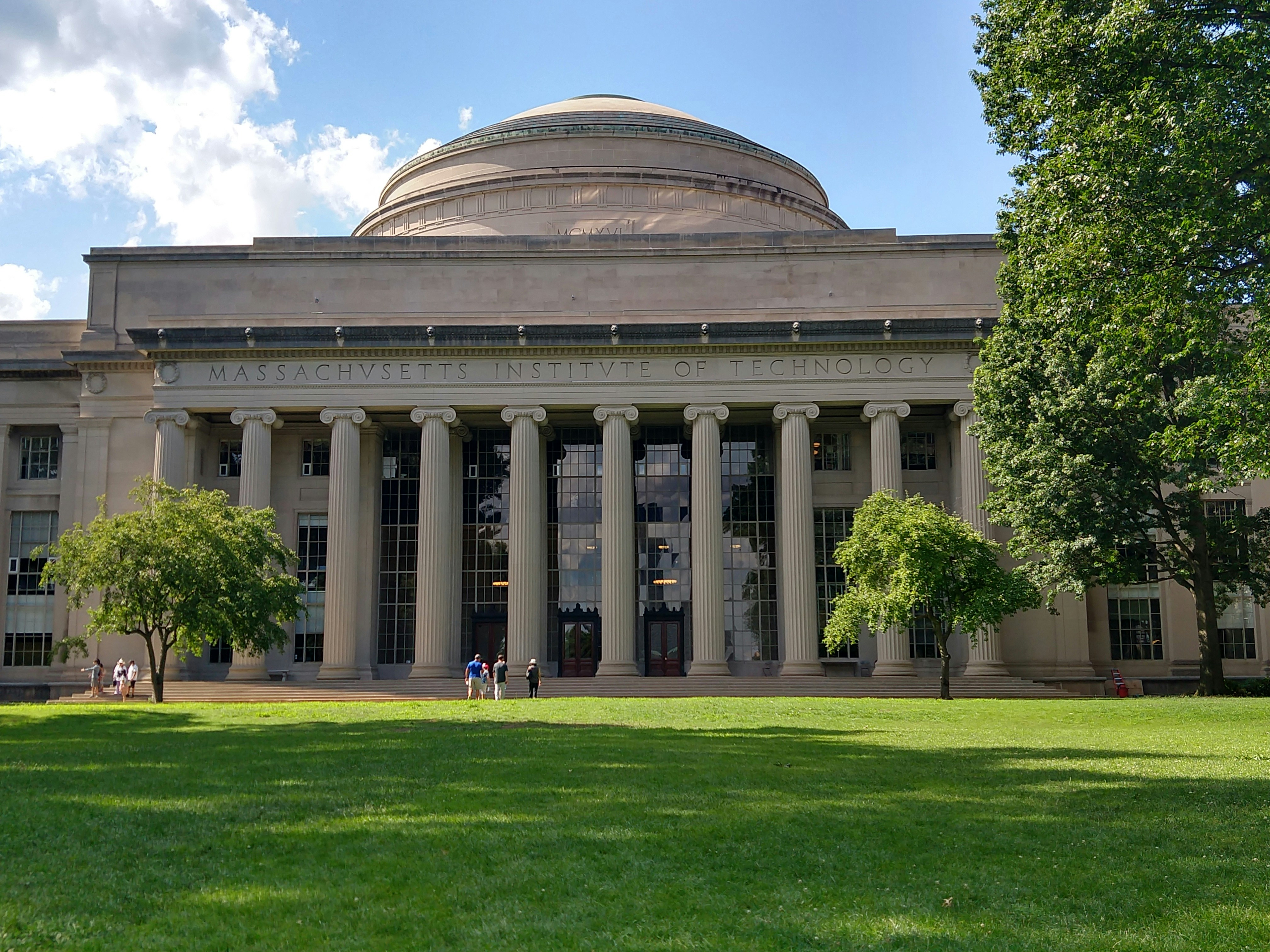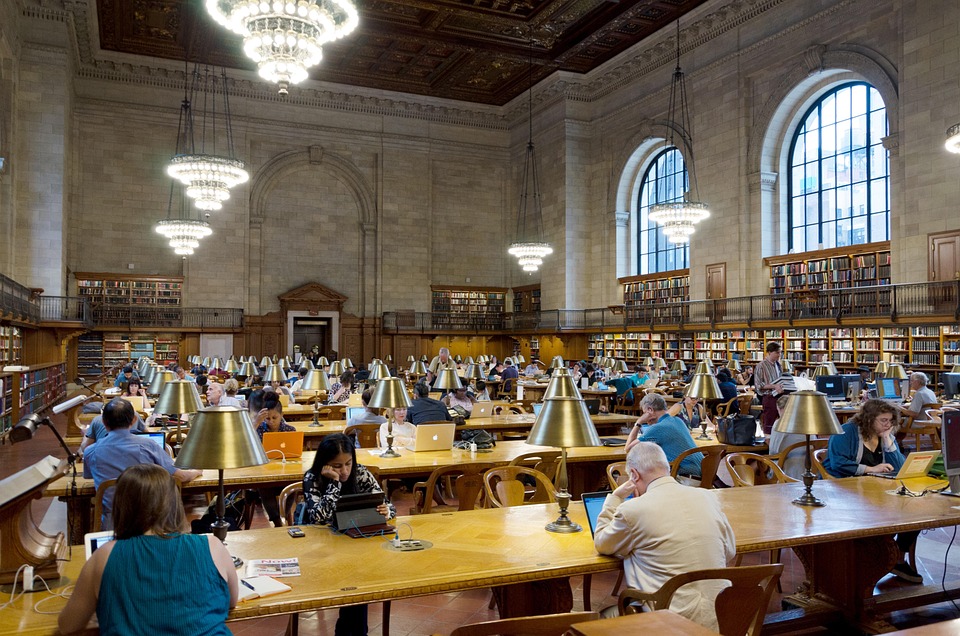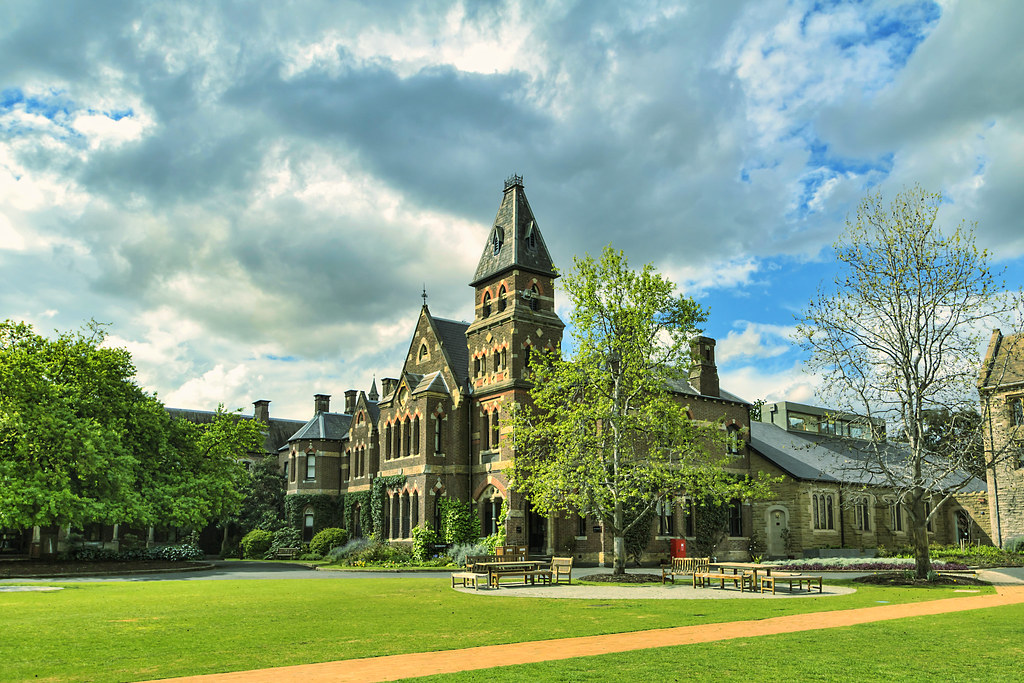The University of Melbourne’s acceptance rate has been a focus of applicants eager to study there. The school is a well-known educational centre in Australia and is famous for both education and research. Notably, this institution, with a long history of development, a solid standing among others, and a vibrant campus life, attracts a large number of overseas students every year. Determine whether the University of Melbourne acceptance rate is the right one for you prior to your admission, and keep in mind the necessary steps that will increase your chances of being admitted.
About The University Of Melbourne
The University of Melbourne is a public research university located in Melbourne, Victoria, Australia. Founded in 1853, it is the second oldest university in Australia. Its main campus is located in Parkville, an inner suburb north of Melbourne’s central business district, with several other campuses spread across Victoria.
It has many notable alumni. Four Australian Prime Ministers and five Governors-General have graduated from the University of Melbourne. Eight Nobel Prize winners have taught, studied and researched at the University of Melbourne.
The university has been ranked in several world university rankings and is known for its academic excellence, wide range of specializations and beautiful campus environment.
University of Melbourne Rankings:
- 2025 QS: 13th in the world
- 2025 U.S News: 27th in the world
- 2025 Times: 39th
- 2024 ARWU Shanghai Ranking: 37th
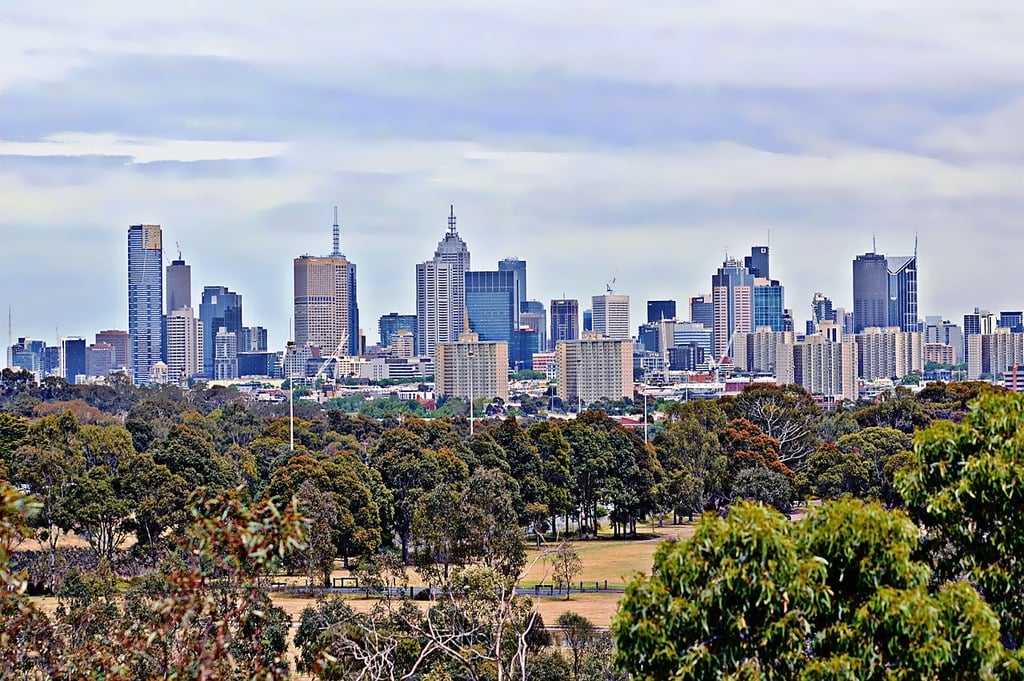
University of Melbourne Acceptance Rate
An estimate of Uni of Melbourne acceptance rate is about 77%, i.e., 77 out of every 100 applicants get admission. It does not, however, guarantee enrollment by itself, as the university also has robust academic requirements, especially within the more demanding programs.
The acceptance rate of the University of Melbourne ranges between 70% and 80%, which varies from different programs. However, it’s important to note that competition for popular or high-demand courses may be more fierce, leading to lower acceptance rates for those specific courses.
University of Melbourne’s postgraduate acceptance rate is about 61%, which is lower than the University of Melbourne’s undergraduate acceptance rate. The main reason may be the number of intakes. Undergraduate students often end up being more than postgraduate students, which influences the low rates of the University of Melbourne’s PhD acceptance rate.
University of Melbourne Acceptance Rate for International Students
The University of Melbourne has over 60,000 international students from 160 countries around the world each year. It has become an international leader in research, learning and teaching.
Enrolment Requirements at the University of Melbourne
The acceptance rate University of Melbourne can change from year to year depending on fluctuations in the number of applicants and available places as well as on departmental requirements. The table below is about the enrolment requirements at the University of Melbourne.
| Programme | Undergraduate | Postgraduate | Postgraduate research |
|---|---|---|---|
| Admission rates | High | Medium | Low |
| Academics | 65% or above in the 12th standard of Australia (CBSE, ICSC & IB) or equivalent | 65% minimum average in bachelor’s degree from an accredited and recognised educational institution | 70% minimum average in a master’s degree |
| IELTS | 6.0-6.5 | 6.5-7.5 | 6.5-7.5 |
| PTE | ≥58 | 58-67 | ≥61 |
| TOEFL | ≥79 | 79-100 | ≥85 |
Documents for applicants at Melbourne University
When applying for the University of Melbourne, you need to make a full preparation of the necessary documents. Here is a detailed list of the materials you should have.
- Certificate of Graduation(verified)
- IELTS or TOEFL score reports (if available).
- Passport copy (if available)
- Personal statement
- Resume or CV
- GMAT/GRE scores (if required by the program)
- Portfolio (for design-related majors)
- Financial documents
Programmes and their fees
Different from domestic students in Australia, international students do not have subsidies from the Australian Government. They need to pay full tuition fees according to the subjects they study. In addition, there are also other expenses they should prepare, including Overseas Student Health Cover, and other living costs. The table below shows the various Melbourne University courses for 2025 international undergraduate students.
| Course | 2025 First Year Course Fee ($AUD/EFTSL) range | Typical Total Course Fee ($AUD) commencing in 2025 |
|---|---|---|
| Bachelor of Agriculture | 51,228 | 152,873−167,864 |
| Bachelor of Arts | 37,884−52,032 | 100,868−168,170 |
| Bachelor of Biomedicine | 50,596−57,584 | 179,555−204,465 |
| Bachelor of Commerce | 49,220−55,328 | 154,356−177,210 |
| Bachelor of Design | 41,668−55,676 | 137,332−180,712 |
| Bachelor of Environments | 37,312−52,992 | 157,620−179,099 |
| Bachelor of Fine Arts (Acting, Music Theatre, Visual Art, Dance) | 37,312 | 119,291−120,428 |
| Bachelor of Fine Arts (Animation) | 37,836 | 119,904 |
| Bachelor of Fine Arts (Film and Television) | 37,770 | 120,252 |
| Bachelor of Fine Arts (Production) | 39,404 | 119,556−119,904 |
| Bachelor of Music | 37,312−38,456 | 118,917−125,832 |
| Bachelor of Oral Health | 75,696 | 252,584 |
| Bachelor of Science | 49,188−57,928 | 155,532−214,400 |
Factors Affecting the University Of Melbourne Acceptance Rate
The acceptance rate of the University of Melbourne is influenced by the following factors.
- Academic requirements
Melbourne University is one of Australia’s most prestigious higher education institutions, With high teaching quality and excellent academic resources, it has high academic requirements for applicants.
For example, for domestic undergraduate applicants of Melbourne University, an average GPA of 80 out of 100 or 3.0 out of 4.0 is required. For graduate programs, the GPA requirements are various based on the applicant’s university background and the program applied for.
- Program-Specific Requirements
Melbourne University may consider other factors based on the program’s specific needs. For instance, some programs may require applicants to have a foundation in mathematics, physics, chemistry, or other relevant fields. Medicine programs may involve additional medical exams and interviews, while law programs may require the submission of LSAT scores.
- Applicant Pool
With a selective admission policy, Melbourne University admission rate is between 70%-80%. The university always receives a large number of high-quality applications, making admission competitive.
4. Location
Melbourne is a cosmopolitan city where around 140 cultures exist, creating a diverse environment for people from all over the world. The city has countless festivals and events that celebrate different cultures and bring different community groups together, which attracts many international students to pursue study at the University of Melbourne.
5. Financial Preparedness:
For students who have a limited budget for their studies, it’s challenging for them to afford the tuition and fees at the University of Melbourne. The financial conditions make the university pass a part of the applicants. Besides tuition and fees, the cost of living is relatively high in Melbourne, so many students find affordable student accommodation with uhomes.com, which is a reliable platform to help students seeking overseas houses.
How to Boost Odds of Getting into University of Melbourne
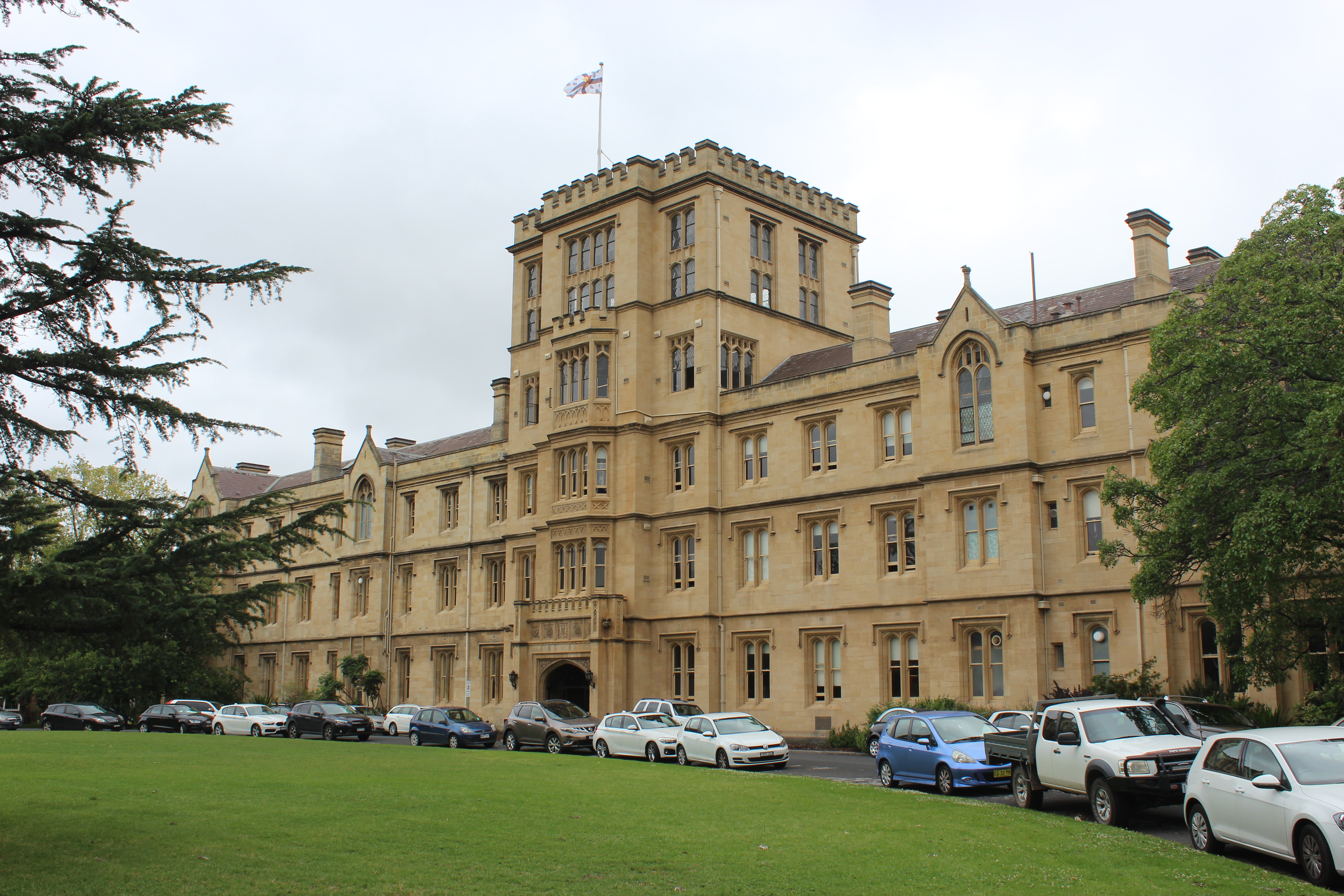
To improve your chances of admission to the University of Melbourne, you should keep these tips in mind:
1. Academic prowess:
Your grades matter a lot. Undergrads need to excel in subjects they plan to study at university. Grad students must have a solid undergrad record.
2. Outside interests:
The University likes well-rounded students. Get involved in sports, arts, volunteer work, or take on leadership roles. This shows you can juggle responsibilities and are committed to growing as a person.
3. Write a standout personal statement:
Your personal statement should show your love for your field, explain why the University of Melbourne fits your goals, and outline your future plans. Showcase your academic strengths and outside activities to create a statement that sticks in the reader’s mind.
4. Prepare for interviews:
Some programs require interviews. Be ready to discuss your academic background, interests, and long-term goals. Practice common questions and confidently present your achievements.
Conclusion
This blog is about the University of Melbourne acceptance rate. We provide insight into the competition of Melbourne University, including its overview and enrolment requirements, and offer tips for getting into the school. According to the acceptance rate of Melbourne University, students can prepare their application in advance to improve the opportunity of being admitted. While the acceptance rate may vary depending on the program you are going to study, it reflects the university’s status as a prestigious and sought-after educational institution globally.
FAQ
What are factors affecting the acceptance rate at University of Melbourne?
Acceptance rate University of Melbourne are influenced by applicants, the level of competitiveness for the programs offered, and the qualifications sought by the programs. Acceptance rates are typically low for medicine and law, among other programs.
Are the undergraduate and graduate acceptance rates different?
Graduate programs are much more limited in their admissions, as qualifications are usually more specific and selection processes much more stringent.
Does the University of Melbourne offer early decision or early action admission?
No, the University of Melbourne does not have early decision or early action. All applicants are considered in regular admission cycles.
How long does it take to receive an admission confirmation from University of Melbourne?
Depending on the University of Melbourne admission rate, undergraduate applicants usually get their responses within a few weeks or months, whereas most graduate applicants face longer periods of waiting.
Are some programs much more competitive than others?
Yes, as with medicine, law, and engineering, generalist programs have low acceptance rates because of strong demand and high access standards.
